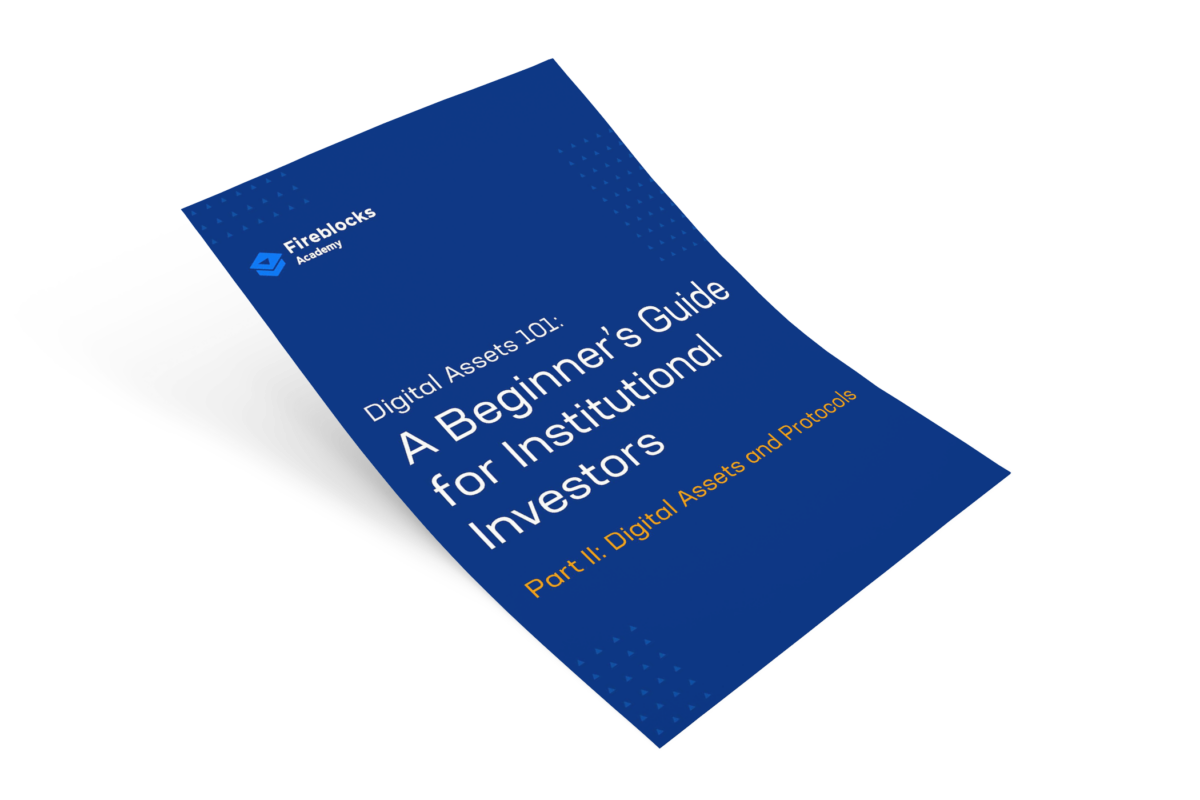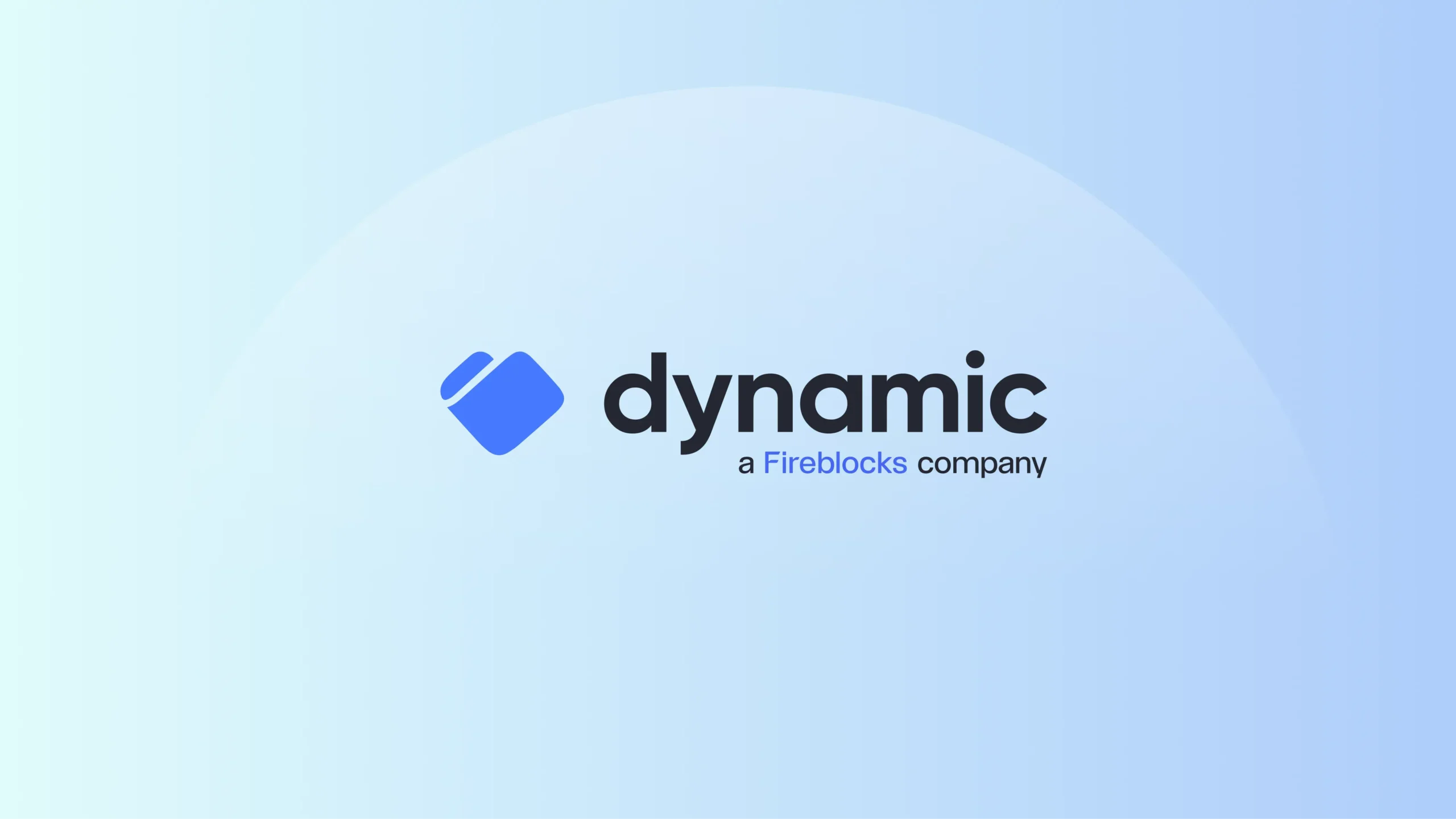
A Beginner’s Guide for Institutional Investors
Part 2: Digital Assets and Protocols
Overview
The world of digital assets is growing and changing very quickly. Your clients, customers, executive management, and board are likely all asking you about this space – and for good reason.
At the time of this writing, the crypto market now has a market cap of more than $2 trillion and the number of crypto wallets has ballooned to more than 260 million. Meanwhile, money that is “locked” in decentralized finance (“DeFi”) pools has skyrocketed to more than $80 billion in a matter of months, and there is now more than $120 billion in stablecoins. Clearly, there is retail and institutional interest in this space, but the infrastructure and operational support models for digital assets differ from traditional assets, and understanding these differences is key to being able to deliver products and services to your customers.
Our purpose here is to help create the basic building blocks of knowledge on digital assets – touching on the foundational layers of how digital assets are built and work, what the market looks like, who the players are, how the capital markets work, and how to think about the impact it can have on your business. This paper will discuss the basics of blockchain and discuss what blockchain is, how it works, and what you need to know about public and private keys. You can learn more on other topics at fireblocks.com/academy.
Table of Content
What are digital assets?
Digital assets are digital-only stores of value or mediums of exchange that are transacted on the blockchain. Here is the quick breakdown of the most common types of digital assets being used today:
| Cryptocurrencies |
| This is what a majority of people think of when it comes to digital assets, and the two most popular ones are Bitcoin and Ethereum. |
| Security tokens |
| These are tokenized versions of securities (e.g. stocks or bonds) that are then transacted and traded on the blockchain. |
| Stablecoins |
| These are tokens that are pegged directly to a fiat currency (e.g. the US Dollar) to provide an alternative to the high volatility of the most popular cryptocurrencies, including Bitcoin (BTC), which has made crypto investments less suitable for everyday transactions. |
| NFTs (non-fungible tokens) |
| These are tokens that cannot be exchanged for a like token (e.g. any Bitcoin can be exchange for any other bitcoin but NFTs cannot be exchanged for one another as a 1 to 1). These are tokens that represent digital ownership of an asset. Including real world assets such as a Picasso painting or real estate. This can also be digital assets such as tweets or jpegs (e.g. cryptopunks). |
What are Digital Asset Protocols?
If the cryptocurrency or digital asset token is a train, the blockchain protocol is the track that it’s running on. In other words, the blockchain protocol is the technological and cryptographic foundation for how digital assets are built and transactions are logged.
The two most popular blockchain protocols within the digital asset space are currently Bitcoin and Ethereum. There are also other blockchain protocols gaining popularity, such as Solana or Cardano, but each protocol offers a different type of value proposition to entice decentralized application developers to use it (e.g. faster processing times, more transactions per second, lower transaction costs, or less energy usage). It should be noted that different blockchains are not compatible with one another. Tokens built on the Ethereum blockchain cannot be transferred to and transacted with tokens built on the Solana blockchain.
Decentralized application developers will create something called a smart contract, which is a contract built with code that executes in an automated fashion. A very simple example is building a lending application on Ethereum where digital assets are lent to a borrower, and on the last day of every month payment from the borrower is made to a lender, and if not the collateral is seized.
This sounds similar to how lending works at a traditional bank, but an important distinction is that on the blockchain the process is entirely automated and performed with no intermediaries or third parties (this is how decentralized finance or “DeFi” works from a lending perspective today).
